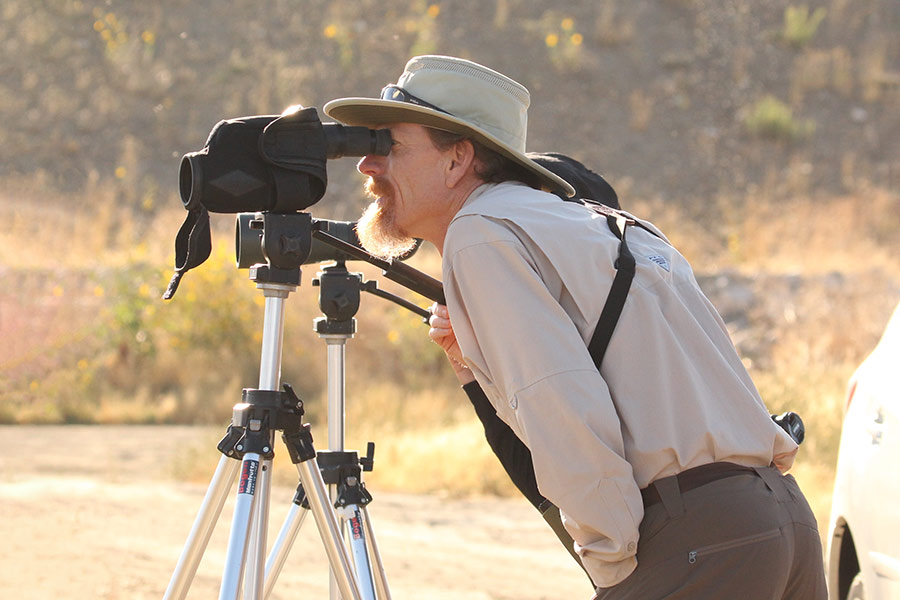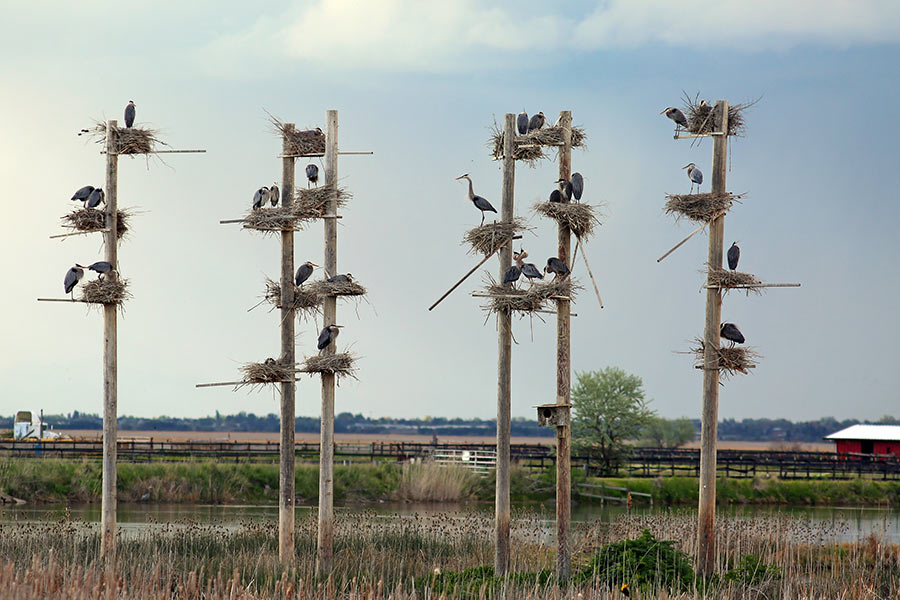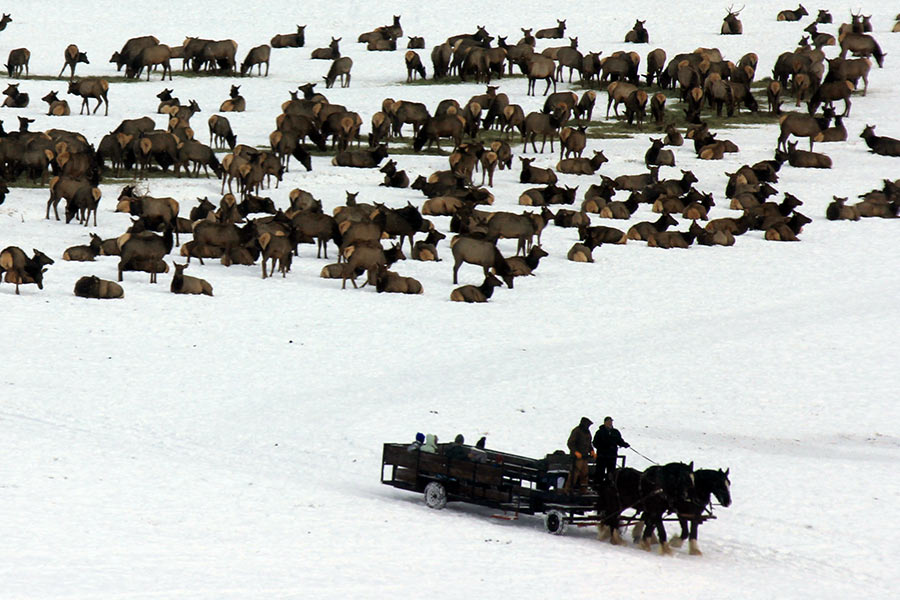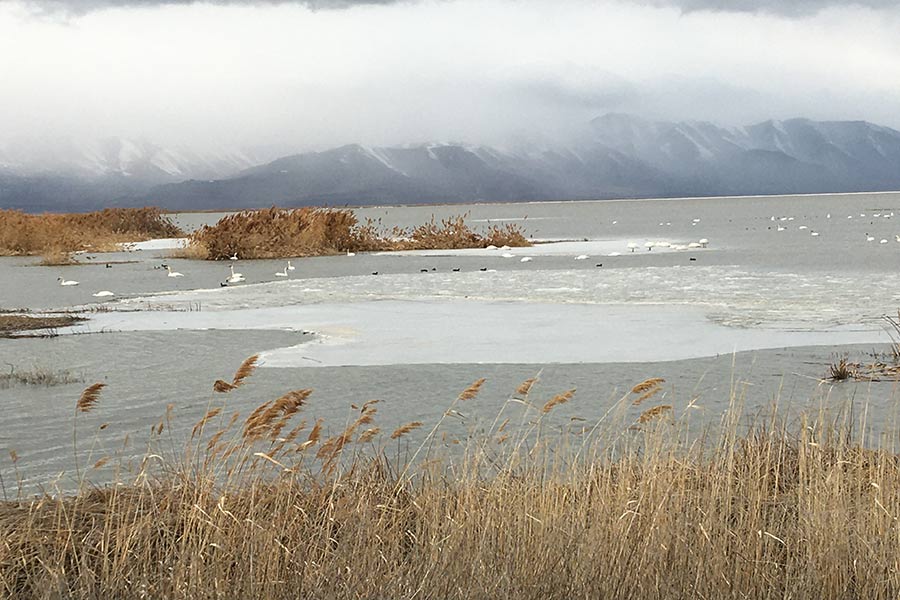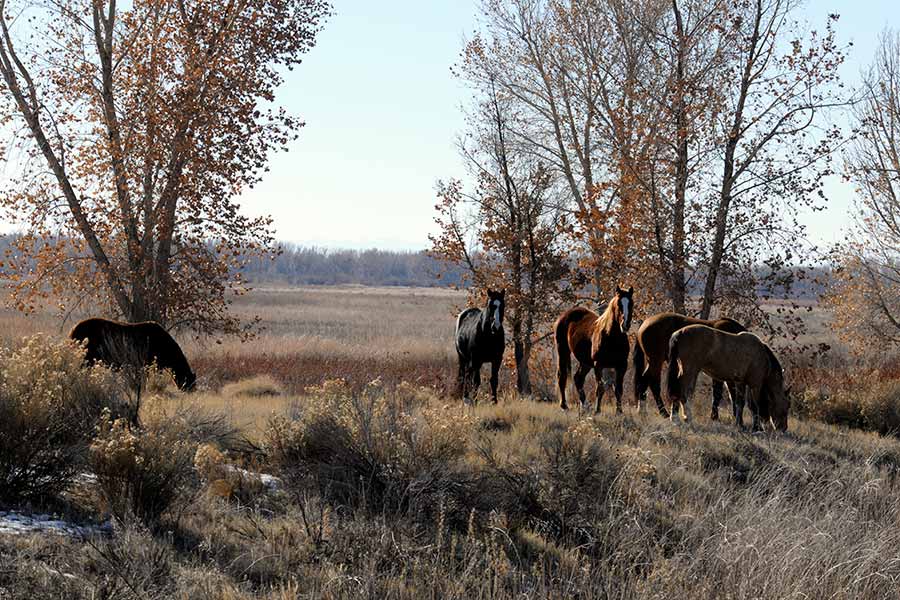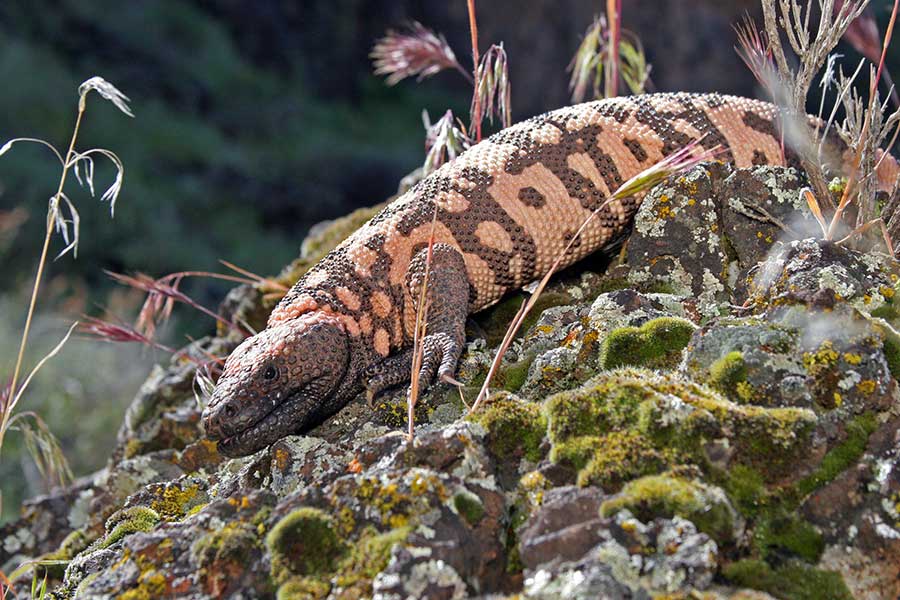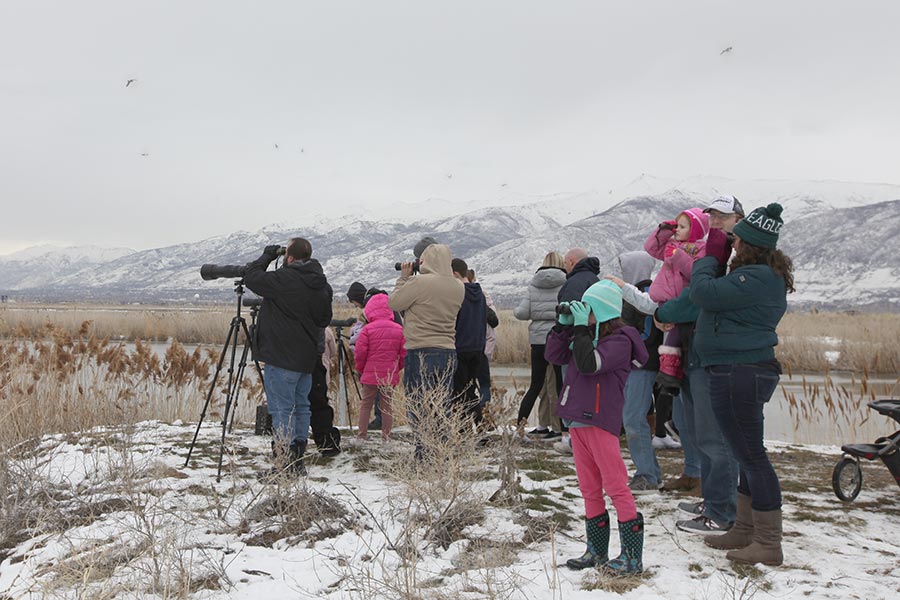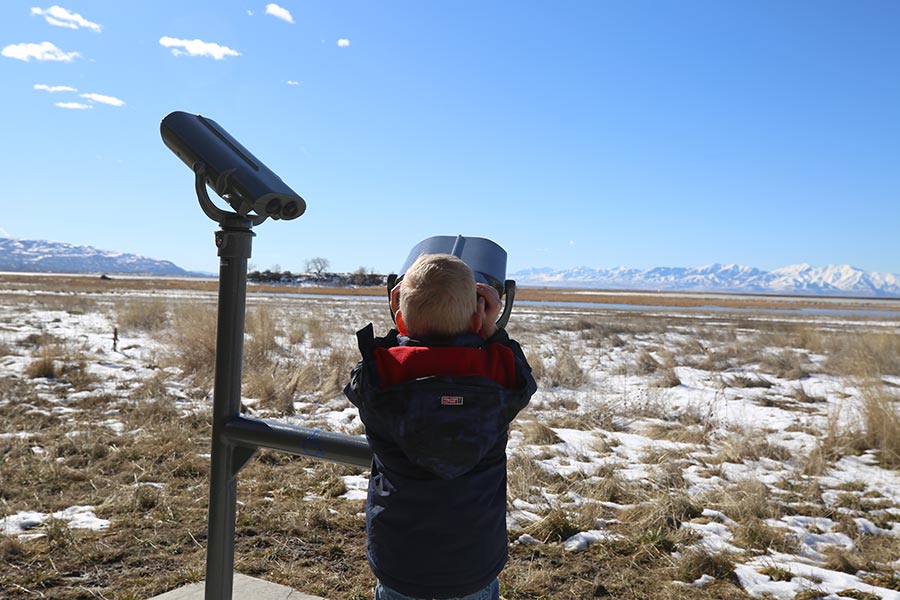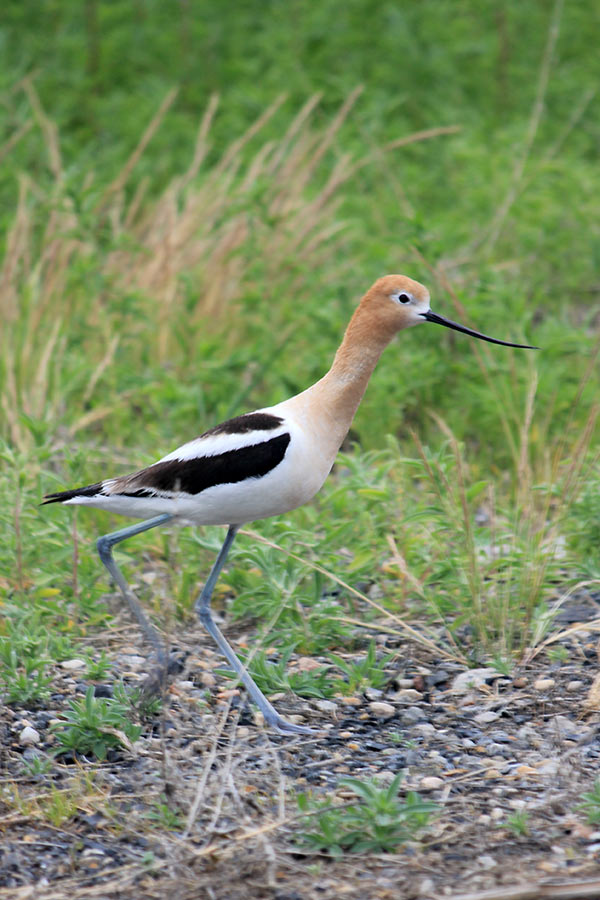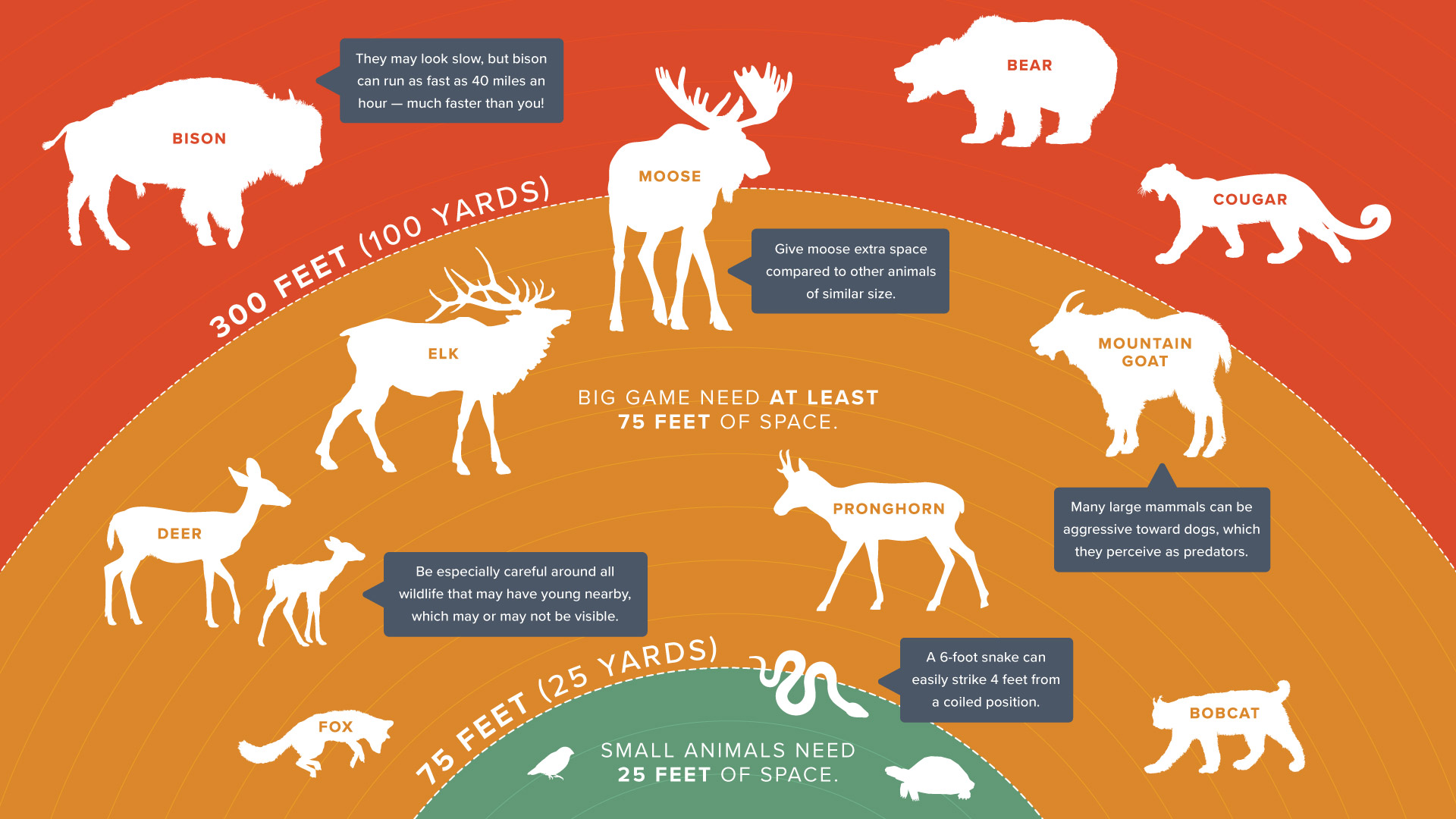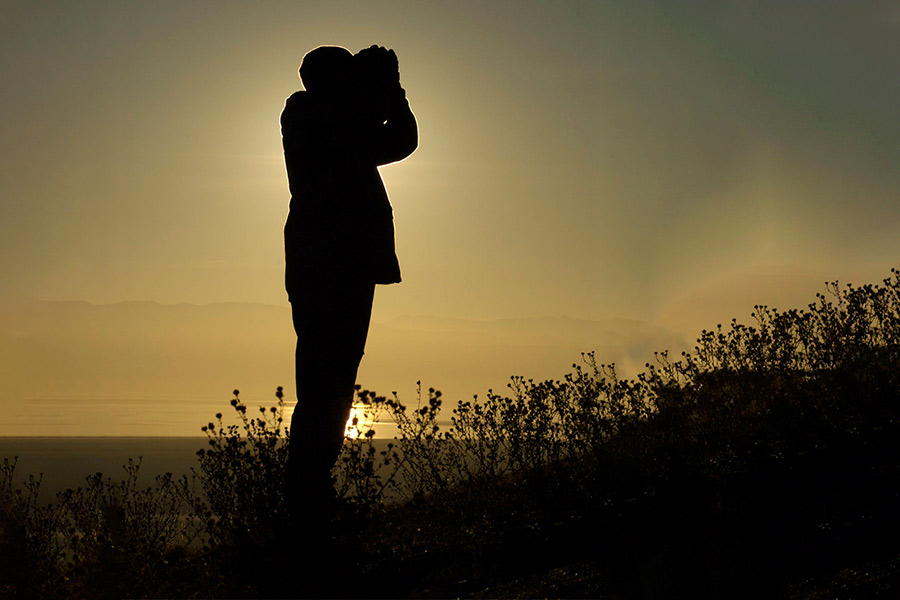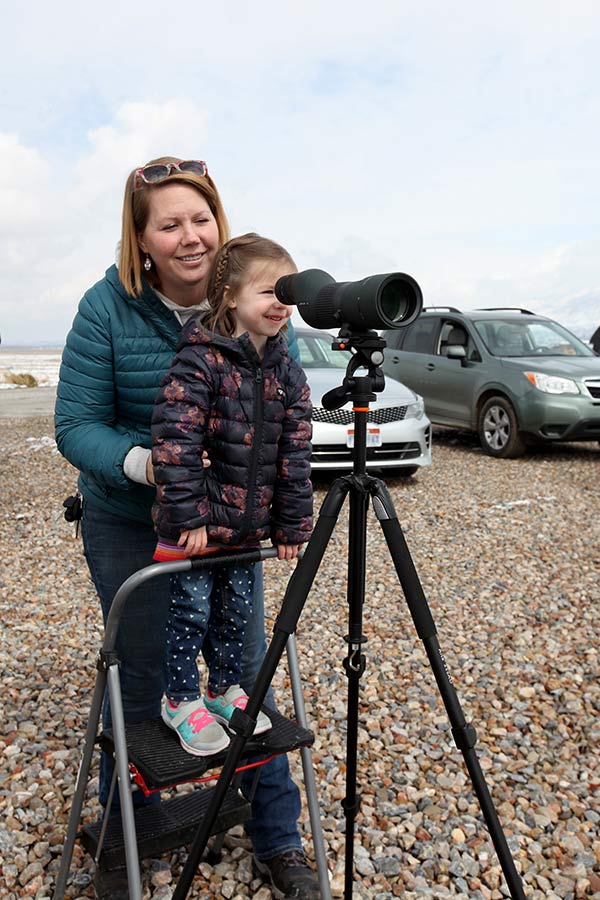Tips and resources for viewing wildlife
Wildlife is all around us, from your backyard to Utah's most remote places
Knowing more about where to look, how to look and what you are looking for can help make your wildlife watching experience a successful one.
Learn more about where to see Utah's fish and wildlife year-round — and how to do so safely!
Where to look for wildlife
Where and when to spot more birds, mammals, reptiles and more!
Plan your wildlife watching adventure:
- Utah state parks and recreation areas
- DWR facilities and waterfowl/wildlife management areas:
- George S. and Dolores Doré Eccles Wildlife Education Center
- Hardware Wildlife Education Center
- Lee Kay Wildlife Conservation Area
- Wildlife/waterfowl management areas (not all are open to the public; seasonal closures may apply)
- National Park Service sites in Utah
- U.S. Fish and Wildlife Service refuges
Listen to DWR WILD podcast episodes about Utah wildlife:
How to look for wildlife
Wildlife viewing safety, ethics, equipment and photography tips
Be aware
- Always view wildlife from a safe distance.
- Move slowly and quietly.
- Keep your dog leashed or leave pets at home.
- Don't feed wildlife — human food is harmful to many species!
- Maintain a safe distance and don't touch or pick up wildlife, especially baby animals.
- Keep your eyes on the road! Slow down and find a safe spot to pull over before viewing or photographing wildlife.
- Let animals move freely — never chase, follow or corner wildlife in pursuit of a photo.
- Watch your step! Use caution in steep, slippery or rocky areas.
Pro tip:
"Be patient. Allow wildlife to 'do their thing.' The best photographers are always willing to wait for the right shot."
— Phil Tuttle, award-winning DWR videographer
Be ethical
- Protect young animals by avoiding nests or dens.
- Take nothing but pictures — leave what you find for others to enjoy.
- Use all your senses to find birds and wildlife. Do not use recorded calls.
- Protect plants and wildlife — stay on established routes and trails, park only in designated areas and respect closures.
- Do not trespass on private property.
- Avoid flying drones near wildlife, especially animals that are nesting, raising young or breeding.
- Pack out all your food and trash.
Pro tip:
"When you share pictures, use very general descriptions. Don't geotag nests, dens or sighting locations."
— Alyssa Hoeskstra, DWR Native Herpetology Program Coordinator
Be prepared
- Use binoculars or a spotting scope for a closer view.
- Use a telephoto lens for your camera, or boost your phone's camera by capturing images through a spotting scope.
- Avoid using a flash, which can disturb or startle animals — use infrared lighting for low-light conditions.
- Viewing platforms, blinds and pull-outs often provide great places to photograph wildlife.
- Identify what you are seeing using a field guide or download an ID app.
- Be aware of laws for operating drones — it is illegal to fly drones in wilderness areas, national parks and many other public lands.
- During hunting season, wear hunter orange and be aware of your surroundings.
Pro tip:
"Learn more about the species you want to watch. Understanding wildlife behavior and habitat increases the chance you'll spot them in the wild."
— Ashley Kijowski, DWR Coordinator, Eccles Wildlife Education Center
Listen to DWR WILD podcast episodes:
Learn more at Wild Aware Utah: danger-free encounters
What am I looking at?!
Fish and wildlife viewing events, species identification, resources and tools
- Learn from DWR biologists at our wildlife events
- Live streams: seasonal live videos of Utah's wildlife
- NPS webcams
- Utah Species Field Guide
- iNaturalist (Seek) and eBird (Merlin ID app)
- DWR blog: Ask a herpetologist
- Department of Natural Resources Map & Book Store nature guides
Safe wildlife viewing distances
Not sure how far away you should be? Use this helpful infographic:
Accessibility
- Viewing for people with disabilities
- Utah State Parks list of accessibility features for specific parks
- Birdability
Interact with Utah's wildlife-watching community
- Utah's Hogle Zoo, community science opportunities
- Sageland Collaborative projects and volunteer opportunities
- Tracy Aviary, community scientist portal
- Natural History Museum of Utah, citizen science projects
- Swaner Preserve and EcoCenter
- Utah Education Network, citizen science
- Add your sightings to iNaturalist and eBird
- Coexist safely with wildlife at Wild Aware Utah (a DWR partnership with Utah's Hogle Zoo)
- Herps of Utah iNaturalist group
- Listen to the DWR WILD podcast
- Subscribe to our newsletter and get updates about wildlife viewing opportunities and events!
We work with many partners and outdoors enthusiasts — like you — to ensure we will have healthy habitat and wildlife for generations to come.
Donate
- Support Utah wildlife license plates
Volunteer
- DWR Eccles Wildlife Education Center (Farmington Bay)
- DWR habitat and conservation projects statewide
- Join the DWR Dedicated Hunter Program
- Utah's Hogle Zoo community science opportunities
- Sageland Collaborative projects and volunteer opportunities
- Help DWR biologists: western toads, riverscape restoration, rosy-finch conservation, migratory shorebird survey
- Swaner Preserve and EcoCenter volunteer projects
- Tracy Aviary conservation and volunteer projects
- Are you an educator? Become a Project WILD certified instructor!


